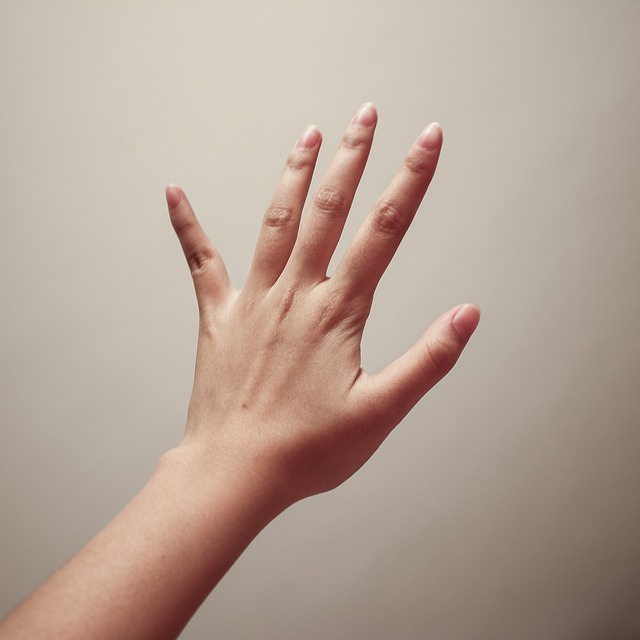The base on which our whole body is built is the skeleton, from which we get our stability, our ability to move and function. Our bones are also a factory for manufacturing red and white blood cells. It's extremely important to keep bones strong and healthy, especially in more advanced ages,
when calcium seems to drain away.
A little about bone depletion: Bone depletion, or osteoporosis, is a disease that occurs as a result of dwindling bone mass and a decrease in the levels of calcium. Along our whole life, our bones are in a continuous process of construction and destruction. However, at a young age, there is more construction than destruction.
Things even out as we grow older until, in our fourth decade, destruction finally overtakes construction. As a result, our bone density drops and our bones become more prone to fractures. When this process happens in an extreme way, it is known as bone depletion. It's important to note that losing calcium also makes the bones more sensitive, even if it happens slowly. At an older age, when our balance is not what it used to be, the danger only gets worse.
Because women start with a bone density that is already about 30% less than men, and because they produce less estrogen as they grow older, they must face a bigger risk when it comes to bone depletion.
What is the recommended calcium amount? The process of bone depletion in the body is a natural one and cannot be prevented. But it can be minimized in volume and influence, by maintaining our bones and building bone mass through correct nutrition.
The daily calcium amount recommended for the general population is 1000 mg a day. For adults it is 1200-1500 mg a day. In addition, vitamin D is also important, as it helps the calcium absorb in the body. So if you want to keep your bones strong, you should also consume vitamin D rich foods. You can get it from the sun or from food, but it's important to have.
10 Tips to Keep Our Bones Strong
1. Consume milk products - Every child knows that milk is rich in calcium and is essential for strengthening bones. This goes for all milk products, including cheese, yogurt and alike. If you don't like cow's milk, try soy milk enriched with calcium.
2. Add nuts to your diet - Although milk has the highest ratio of calcium to volume, it is not the only source. Some nuts and seeds have handsome amounts of calcium. A 30 gram course of almonds contains 75mg of calcium, 30 grams of sesame seeds contains 37mg of calcium and sunflower seeds
have 33mg of calcium.
3. Eat dark green vegetables - Broccoli, Chinese cabbage, arugula, parsley, lettuce and others are excellent sources of calcium, and contain many additional health advantages. This will help you to also diversify your sources of calcium, which is important to maintain your health.
4. Take the right Vitamin A - Vitamin A appears in two forms. The first is retinol, which appears in animal products, such as the liver. The second is beta carotene and it is the way the vitamin comes from plants, especially orange vegetables like carrot, squash or sweet potato. Studies have found that consuming too much of retinol vitamin A raises the risk of bone fraction, while vitamin A in its plant form, Beta Carotene, does not damage the bones.
5. Strengthen your bones with Vitamin K - This vitamin helps activate 3 essential proteins that are crucial for bone health. As in the case of calcium that comes from green vegetables, vitamin K also comes from the same sources. Two daily helpings of green vegetables a day give the body as
much as it needs.
6. Physical activity strengthens the bones - Sorry, you knew this was coming and its of very little surprise. When we carry out a physical activity, we create pressure on our skeleton. While it is bad to overdo it, a moderate pressure is actually very health, as it sends the body signals to create more bone cells, increase the density and make it stronger. Operate the body with moderation, and don't go
to far with it.
7. Eat fish - 100 grams of sardines contain an amazing amount of over 400mg of calcium! It's recommended to consume the fresh fish of course and not the canned variety. The little bones are also edible and contain a lot of calcium. Sardines, like the salmon, are also a great source of
vitamin D.
8. Reduce your consumption of carbonated drinks and treats - The acid that exists in some of the popular carbonated drinks raises the amount of acid in the blood. To compensate, the body uses the body's minerals, including calcium. If the calcium is not readily available in the blood, the body will take it from the bones and this will lessen the density and strength of the bone. There is no problem drinking them once in a while, but if they are a daily habit then you can do a lot of damage to your bones over time.
9. Avoidance measures - Like a lot of other health problems, we return to smoking. Studies have shown that smoking harms bone density, as well as over consumption of alcohol and caffeine.
10. Resource allocation - We must carry out our calcium consumption in a smart way. Our body absorbs calcium best when it is no more than 500mg at one time. So, if you are planning on consuming a large amount of calcium rich foods or drinks, try to perhaps divide the meal or eat again
later, to make sure the body is able to absorb all you are giving it.
THIS IS ONLY FOR INFORMATION, ALWAYS CONSULT YOU PHYSICIAN BEFORE
HAVING ANY PARTICULAR FOOD/ MEDICATION/EXERCISE/OTHER REMEDIES.
PS- THOSE INTERESTED IN RECIPES ARE FREE TO VIEW MY BLOG-
HTTP:GSEASYRECIPES.BLOGSPOT.COM/
FOR INFO ABOUT KNEE REPLACEMENT, YOU CAN VIEW MY BLOG-
HTTP://KNEE REPLACEMENT-STICK CLUB.BLOGSPOT.COM/
FOR CROCHET DESIGNS
HTTP://MY CROCHET CREATIONS.BLOGSPOT.COM









